By Film Noir Blonde and Mike Wilmington
The Noir File is FNB’s guide to classic film noir, neo-noir and pre-noir from the schedule of Turner Classic Movies (TCM), which broadcasts them uncut and uninterrupted. The times are Eastern Standard and (Pacific Standard).
PICK OF THE WEEK: Friday, May 30: A Day of Noir with Fritz Lang
Fritz Lang lived in a world of nightmares: in 20th century Germany during World War I, the economic collapse of the Weimar Republic, the turbulent sturm und drang of the 1930s, the murderous rise of the Nazis and the subsequent conflagration of WWII.
Lang created cinematic nightmares as well: crafting terrifying frescoes and mad (but sometimes all too true) visions of a world of crime and war. His movies, mostly done in the ultra-noir hues of high-style black and white cinematography, spanned the silent era, when he made “Metropolis,” “Die Nibelungen” and the “Dr. Mabuse” thrillers, and the sound era, when he made “M,” “Fury,” “Scarlet Street” and “The Big Heat.”
Lang, who started his artistic career as a sculptor, was equally great as a director of German art films and of American crime movies. He made cinematic classics in both countries. His early collaborator, and also his wife, was the brilliant scriptwriter Thea Von Harbou “M”), who ended up leaving him and joining the Nazi Party.
Lang managed to elude Fascist censorship and was once offered the leadership of the entire German film industry by Joseph Goebbels, who (like Hitler) was an admirer of Lang and Von Harbou’s spectacular science fiction epic “Metropolis.” (See below.) A leftist and anti-Nazi, and also a man who had Jewish relatives, Lang fled Germany and Europe instead, and wound up one of the top directors of the Hollywood studio system during its heyday. He was also, indisputably, one of the reigning masters of the movie style we call film noir.
Young French critic-directors (Godard, Truffaut, Chabrol) idolized Lang, as much for his American films as his German ones. Finally, in the mid-1950s, he returned to Germany. He made a last few German pictures, and co-starred, as himself. in Jean-Luc Godard’s French classic “Contempt.”
Fritz Lang, born in Vienna in 1890, died in Los Angeles in 1976, at age 85. Eight of his best pictures are screening on TCM this Friday.
(The Lang films without notes below have been reviewed previously in Film Noir Blonde. Next week, starting Thursday, seven Lang films will play on the big screen at the Aero Theatre in Santa Monica.)
6 a.m. (3 a.m.): “Metropolis” (1927, Fritz Lang). The rich vs. the poor, the factory owners vs. the workers, and the mad scientist vs. the people and their heroine (Brigitte Helm as the human Maria and her double, the false robot Maria) in the greatest of all silent era science fiction epics. And it’s noir as well. With Alfred Abel and Rudolf-Klein-Rogge).
7:30 a.m. (4:30 a.m.): “M” (1931). With Peter Lorre, Otto Wernicke and Gustaf Grundgens.
9:15 a.m. (6:15 a.m.): “Fury” (1936). Spencer Tracy, Sylvia Sidney, Bruce Cabot, Walter Brennan and Walter Abel.
11 a.m. (8 a.m.). “Scarlet Street” (1945). With Edward G. Robinson, Joan Bennett and Dan Duryea.
1 p.m. (10 a.m.). “Clash by Night” (1952). With Barbara Stanwyck, Robert Ryan, Paul Douglas and Marilyn Monroe.
3 p.m. (12 p.m.). “The Blue Gardenia” (1953). With Anne Baxter, Richard Conte, Raymond Burr, Ann Sothern and Nat King Cole.
4:45 p.m. (1:45 p.m.). “Moonfleet” (1955). A moody Robert Louis Stevenson-style costume adventure-romance, about a dashing pirate (Stewart Granger) who wins the hearts of a young lad (Jon Whiteley) and several beautiful and susceptible ladies (Viveca Lindfors, Joan Greenwood). Based on a bodice-heaving bestseller, with supporting turns by George Sanders and Ian Wolfe. They especially loved this one in “Cahiers du Cinema.”
6:15 p.m. (3:15 p.m.). “”While the City Sleeps” (1956). With Dana Andrews, Ida Lupino, George Sanders, Thomas Mitchell, Vincent Price, Howard Duff, Rhonda Fleming and John Drew Barrymore. [Read more…]
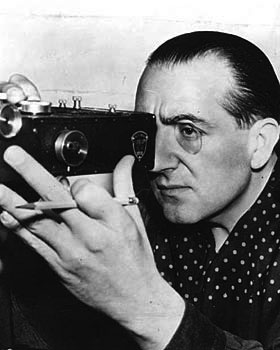
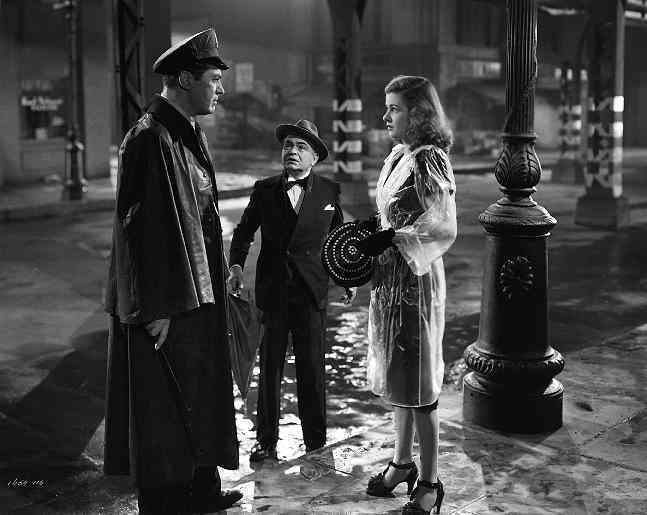





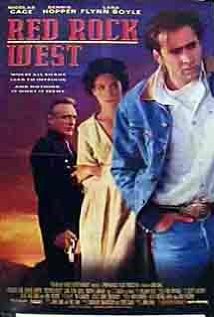
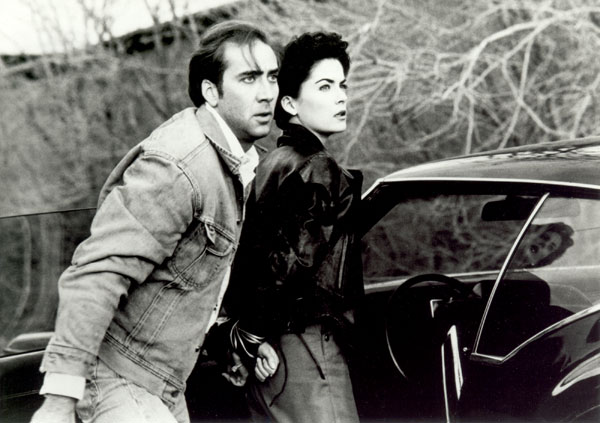
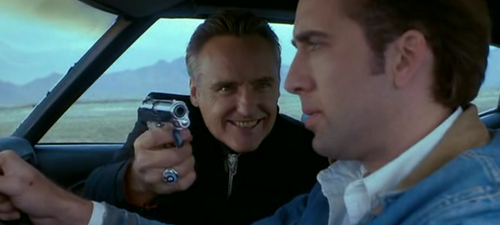
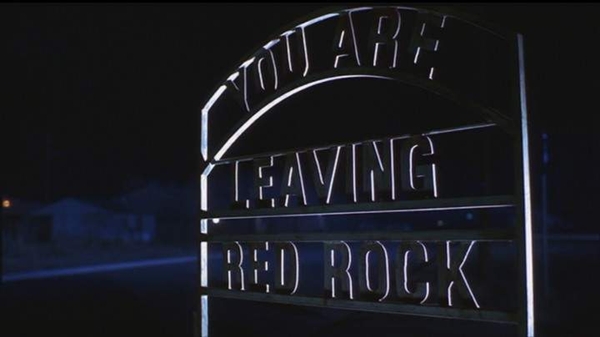
![coloca-logo5[1]](http://www.filmnoirblonde.com/wp-content/uploads/2014/04/coloca-logo51.png)
![our-heroes[1]](http://www.filmnoirblonde.com/wp-content/uploads/2014/04/our-heroes1.jpg)
![le-dernier-diamant[1]](http://www.filmnoirblonde.com/wp-content/uploads/2014/04/le-dernier-diamant1.jpg)
![amourcrime[1]](http://www.filmnoirblonde.com/wp-content/uploads/2014/04/amourcrime1.jpg)
![venus-in-fur[1]](http://www.filmnoirblonde.com/wp-content/uploads/2014/04/venus-in-fur1.jpg)
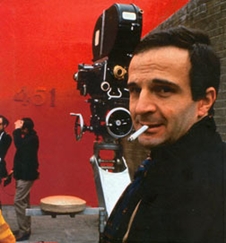
![la-belle-et-la-bete[1]](http://www.filmnoirblonde.com/wp-content/uploads/2014/04/la-belle-et-la-bete1.jpg)
![the-murderer-lives[1]](http://www.filmnoirblonde.com/wp-content/uploads/2014/04/the-murderer-lives1.jpg)
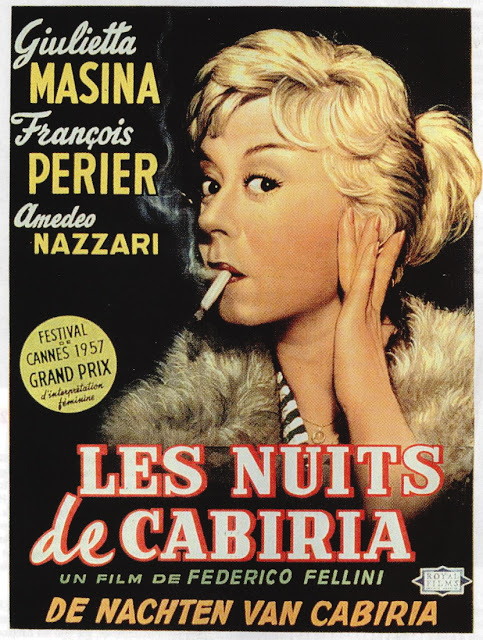
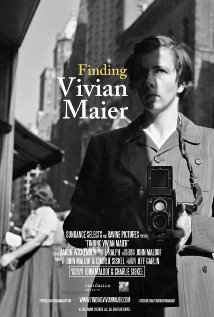
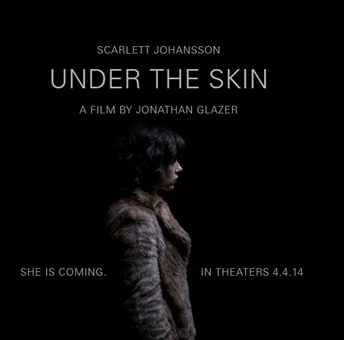
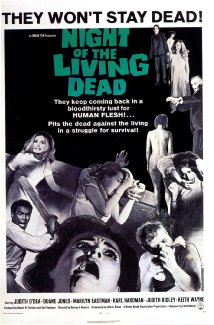


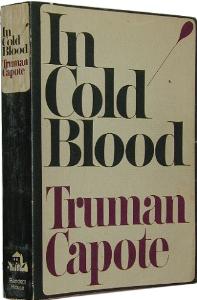
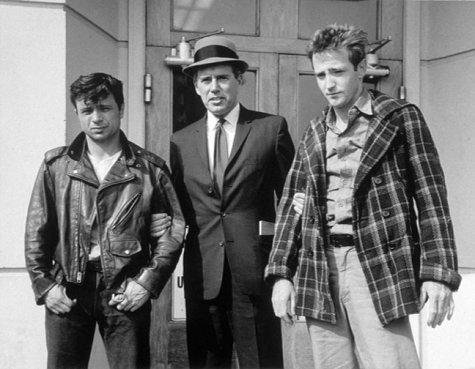
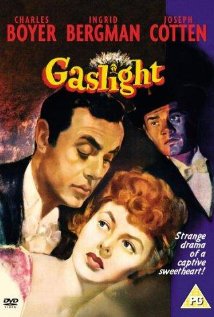


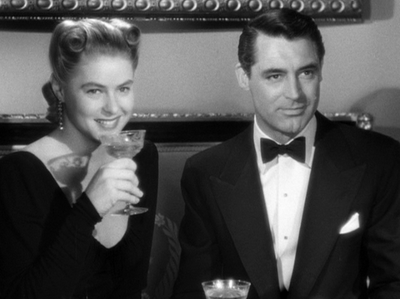





From FNB readers